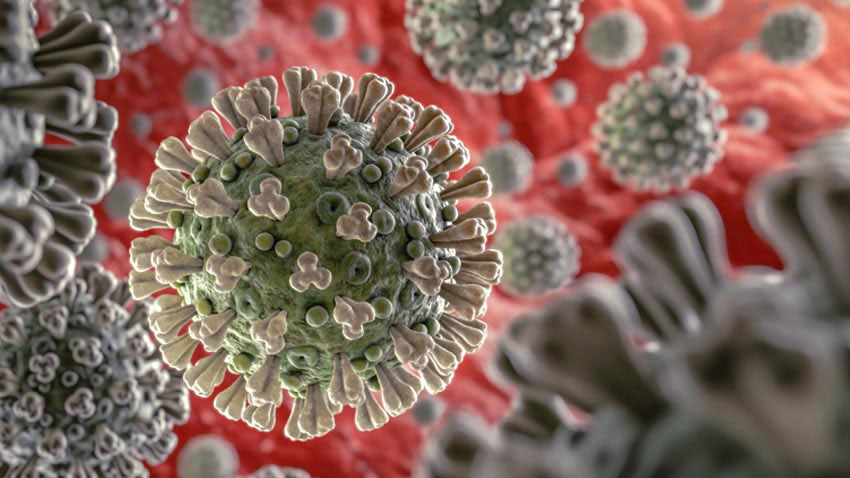I think there is a basic confusion between stopping the current outbreak and what is the long term, endemic, state of the virus, interventions, and risks associated with the virus. We are in ‘stop the outbreak’ urgency while coping with the outbreak’s consequences for at risk groups.
Some of the confusion is due to multiple long time scales and global reach of the virus (some is due to oversimplification fallacies). Month(s) long process of stopping what is really a series of regional outbreaks that spread over the globe. What happens after this when the virus is established is not really relevant now: too many unknowns and too many issues with what interventions we will develop and deploy over the next 12 -24 months. Both are longer scale than we like to think about so they blur together. The 2 processes will overlap in time so it’s easy to conflate them. But they are different relative to what are productive actions and the 2nd longer process is influenced a lot by what happens in first outbreak control process and sequence.
Botching the outbreak control can mean the virus keeps infecting til most of the population in some regions have it – this is what the sim people are projecting when they say up to 70% of the population will be infected with the virus with millions of hospitalizations. This is defeatist and you get quackery like Boris’ advisor saying we will build herd immunity and claims this is OK as the virus spreads completely through the population.
China has broken the outbreak. Same for Taiwan, Singapore, & I think Korea (if there is prejudice it should be directed to the West for incompetence). The countries that have been successful (or nearly there) are in a post-outbreak monitoring for flare ups and defending against reinfections from parts of the globe where the outbreak is growing. Testing on massive scale and tracing has been the key. The outbreaks can be stopped.
The breakdown in decisive steps early across the West and some other areas (plus Brazil and we’ll see) plus the breakdown in testing and the inadequate supplies of protective gear mean the outbreaks will be larger and longer to stop across these areas.
Total breakdown of response in a region will move that region to the endemic end state much sooner, though without the interventions that will come.
The sequencing of regional outbreaks across the world will mean some barriers will stay up as part of post-outbreak monitoring for flare ups and defending against reinfections for regions that stop the outbreak. This means a variety of pre-COVID-19 normal will not return to “normal”. As an aside, as these 2 processes (sequence of regional outbreak control and endemic viral presence) unfold over the next 24+ months, we will see that little “returns to previous normal.” The pseudo-models of return to previous will be exposed as bankrupt on every dimension (but zombies of oversimplification rarely die).
Reciprocity type of relationships at many levels are important in this kind of situation (despite the isolation measures). Reciprocity also will be fragile. Breakdowns in reciprocity occur when: early on, leadership thinks imposing barriers will block outbreak spreading to their region; me-first behavior given the scale at which resources and counters are needed (as in reports of Trump trying to buy German company to guarantee supplies to US); during post-outbreak monitoring, groups/regions late in the sequence or lagging in outbreak control will be labelled as ‘bad’ and experience forms of social prejudice. Plus the usual scapegoating processes and segments of the previous leadership class deflecting anger to other out-groups to distract from their failures and to try to preserve their privilege (though there will be a some shifting of the composition of the leadership class given the scale and depth of disruptions).
Some groups/people will step up to the challenges (as we say, some people are the source of resilience). This is and will be front line clinical workers but also some other groups of people who will face risks to their person and families to provide care, resupply populations, and keep basic things running (who cleans the groceries/pharmacies that stay open in shutdowns; who delivers supplies to sheltered populations). Their efforts will be exhausting. Typically, we would expect that society will fall far short in supporting, compensating, appreciating these people until well after a new normal is achieved, if at all.
The US is representative what will play out over the globe as it has continental reach, with no internal borders, inadequate testing, with subpopulations and portions of the leadership class lost in conspiracies and delusions. Already underway is a sequence of regional outbreaks across the US which will spread out given the limits on social distancing as the primary means of reducing transmission rate to below 1. Prejudicial behavior is already evident. Clinicians already are steeling themselves to step into the breach. [Remember what that phrase denotes: bombardment would breach the defensive walls, the first groups to “breach” those holes would face intense defensive attempt to rebuff the assault with the first attackers suffering enormous casualties until resistance was broken as a sense of futility spread across defenders – “forlorn hope”).
Others wonder how and why they are on the front line with duties of carrying on but at personal risk so that others can live more normally – as the mythical and apocryphal British redcoated sergeant says to the private prior to a battle against all odds, “because we are here lad, nobody else” see movie Zulu, Nigel Green as Colour Sergeant Bourne at [su_youtube url=”https://www.youtube.com/watch?v=HUq8gXhI0y8″ width=”560″ height=”320″]
